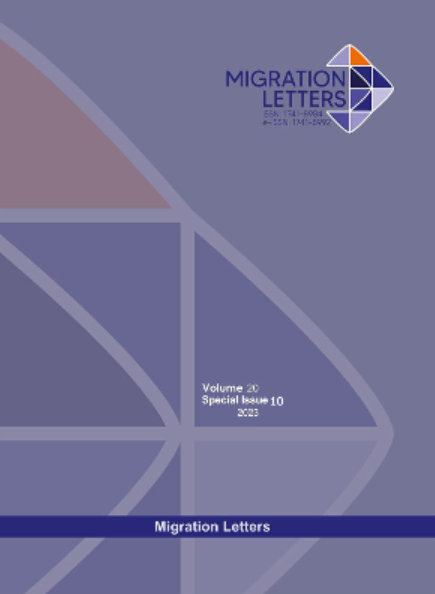Constructivist Learning Practices in First-Year Undergraduate Programs in the Light of Key Performance Indicators of Quality
DOI:
https://doi.org/10.59670/ml.v20iS10.5144Abstract
The purpose of this study is to recognize constructivist learning practices as one of the strategies that promote learners’ effective participation in the learning process. The research questionnaire consists of four domains, each of which has elements that outline the principles of constructivist learning strategies. By applying the questionnaire to a sample representative of the first-year undergraduate learning program, the research questionnaire was also applied to a sample of teachers in various fields. The current study uses the analytical descriptive approach, specifically to reveal the reality of using the constructive learning strategy, this is because the curriculum is one of the most appropriate for the nature and objectives of the present study.
A closed questionnaire was prepared to achieve the study's objectives and determine its results. The questionnaire includes four main domains of the constructive learning strategy with a view to identifying the reality of their use from the point of view of faculty members and students in the first university year programs (Health, Engineering, Science) at Imam Abdulrahman bin Faisal University for the university year 2021/2022. (30) items under the four domains related to the use of the constructive learning strategy.
The study leads to the following conclusions: In the study of the departmental sample, constructive learning strategies are frequently used in classroom teaching, as evidenced by the analysis and calculation of mathematical averages. Standard deviations of teacher and student responses to learning tools. Despite the differences in teacher and student perspectives, the average is still a function of applying most of the principles of constructive learning strategies. Statistical results show that the compatibility between the teacher sample and the student sample, the first area (planning lectures according to constructive learning strategies) is more applicable, indicating that teachers are interested in planning lectures according to one of the following principles of planning constructive learning strategies.
Fourth, the research sample also agreed that the organization of the classroom does not meet the requirements of constructive learning strategies (organize the classroom according to constructive learning strategies); this highlights the need to provide teachers with an appropriate educational environment to adopt constructive learning strategies, which makes a significant contribution to learner-centred learning. The findings also showed that there were statistically significant differences (0.01) in the mean responses of teachers regarding the level of use of constructivist learning strategies according to their educational field.
Metrics
Downloads
Published
How to Cite
Issue
Section
License

This work is licensed under a Creative Commons Attribution-NonCommercial-NoDerivatives 4.0 International License.
CC Attribution-NonCommercial-NoDerivatives 4.0






